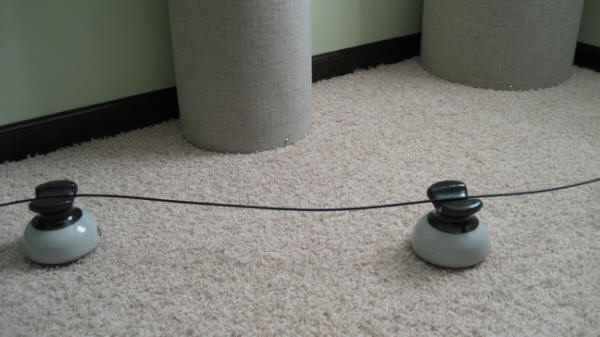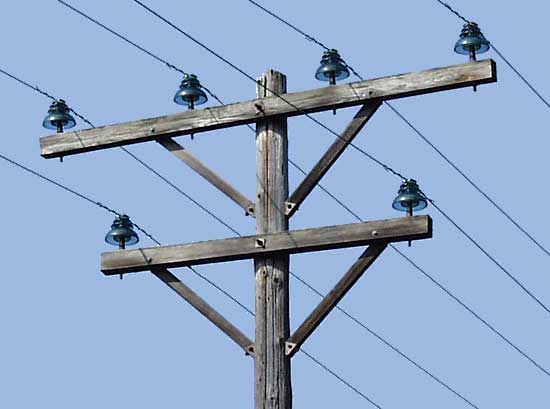In my pursuit for the best deal in speaker cables for me, I ended up at Home Depot (Canada) and I got Carol brand 14 gauge in wall speaker cable (1702). Actually I wanted 12 gauge but can't find it. Anyway, my idea was to increase the gauge by doubling the cable (I twisted the ends of the wires on each cable) having now more than 12 gauge. I ended up with two separate cables running to each speaker, one per polarity. To be clear, my wires are not running in the wall and each one is about 7 feet long.
I noticed on some videos on youtube that some high end systems are running the cables on the floor using some spacers to keep them parallel. Do I have to do that? Right now the speakers sound super nice with the cables running their own way (cleaner and punchier than RCA 12 gauge CCA speaker wires, the sound has more courage). Also, I noticed that inside the insulation of each cable the wires have a slow twist, maybe one in 4 inches or so.
BTW, I spent $12 on cables for the front speakers.
Thanks!
I noticed on some videos on youtube that some high end systems are running the cables on the floor using some spacers to keep them parallel. Do I have to do that? Right now the speakers sound super nice with the cables running their own way (cleaner and punchier than RCA 12 gauge CCA speaker wires, the sound has more courage). Also, I noticed that inside the insulation of each cable the wires have a slow twist, maybe one in 4 inches or so.
BTW, I spent $12 on cables for the front speakers.
Thanks!







